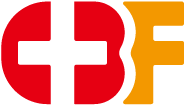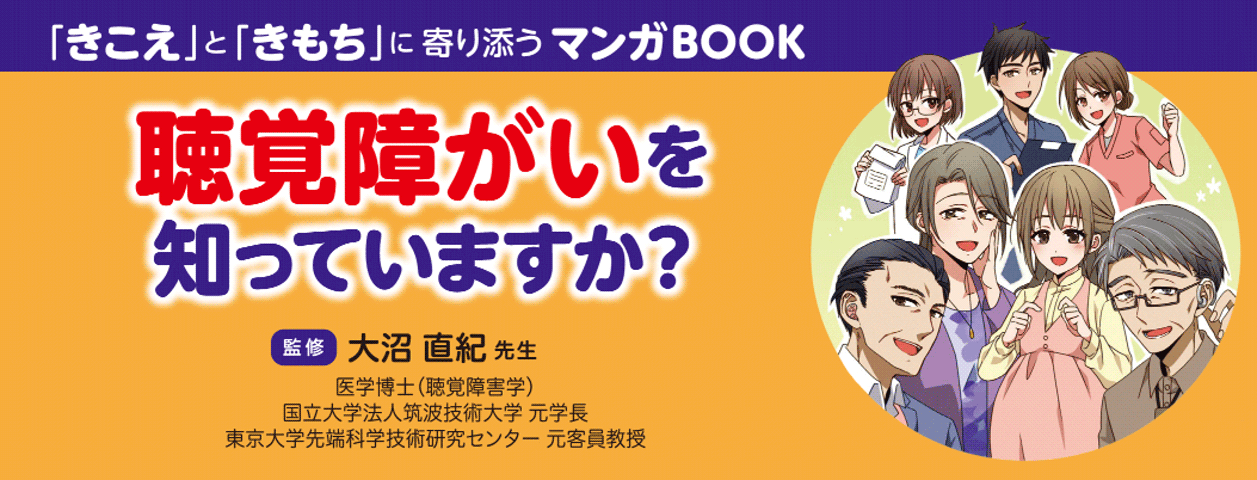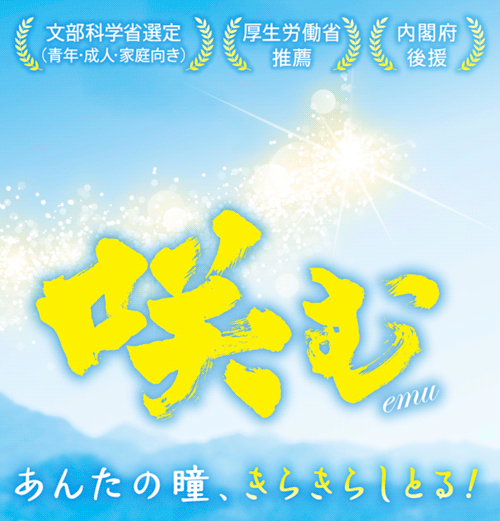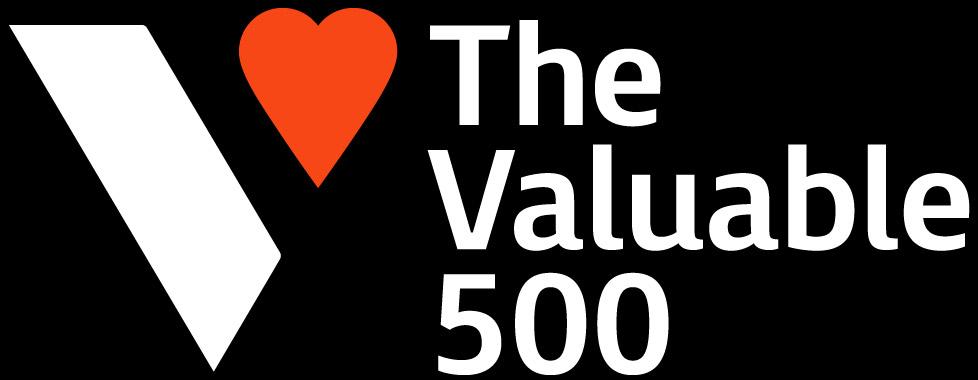Overview of the Communication Barrier-Free Project
Concept: Providing "information" required to bring "the best possible medicine" to all patients
Pursuing a vision of eliminating communication barriers that prevent hearing-impaired patients from accessing medicines, SHIONOGI is promoting the Communication Barrier-Free Project (CBF-PJ).
It all began in October 2015, when a hearing-impaired employee called for forming a voluntary study group to learn what it is like to be hearing-impaired.
After several study sessions, it was revealed that although medical institutions have long faced difficulties related to hearing impairment, it is an issue that has not yet been resolved.
- Because I myself have hearing impairment, I hope to help resolve the problems that hearing-impaired patients face at medical institutions.
- We hope to solve the problems faced by the 20 million people across the country who are deaf or hard of hearing.
With these hopes in mind, the CBF-PJ was launched in 2016 as a company-wide project in which hearing and hearing-impaired employees work together.
Since then, as part of SHIONOGI’s social contribution activities, we have been committed to this project in order to allow deaf or hard-of-hearing patients to communicate more comfortably at medical institutions.
『SHIONOGI strives constantly to supply the best possible medicine to protect the health and wellbeing of the patients we serve.』
What is the “best possible medicine” in the Company Policy of SHIONOGI?
The CBF-PJ believes that the “best possible medicine” is only possible when necessary and appropriate information is properly delivered. In this belief, the project has continued to work primarily to raise awareness of the characteristics of people with various disabilities among healthcare professionals. Since 2020, when the COVID-19 pandemic was spreading, we have been providing information to healthcare professionals in order to explore better communication methods that help reduce the barriers posed by masks.
Providing awareness to patients worldwide with hearing difficulties
In March 2025, we launched an initiative in collaboration with the Royal National Institute for Deaf People (RNID), a leading UK organization supporting people with hearing loss, and Shionogi B.V., our European group company. This collaboration aims to develop tools that facilitate communication between hearing-impaired patients and healthcare professionals.
It is estimated that 18 million people in the UK experience hearing-related challenges, including deaf, hearing loss, and tinnitus.*
By combining the expertise and experience that CBF-PJ has cultivated in Japan with RNID’s specialized knowledge and activities, we aim to take down communication barriers caused by hearing impairment in the UK's healthcare field.
Our commitment extends beyond Japan to a global scale, ensuring that everyone—regardless of hearing ability—has access to the best possible medicines and appropriate information.
*Prevalence of deafness and hearing loss: RNID link (link to an external website)


What is the Communication Barrier-Free Project?
December 2019
Awareness-Raising on World Hearing Day
March 3, 2024
Awareness-Raising on International Day of Sign Languages
September 23, 2024 (full ver.)
Awareness-Raising on International Day of Sign Languages
September 23, 2024 (short ver.)
Project history (Click to view)
| FY2024 |
<Internal measure>
|
| FY2023 |
<Media coverage> |
| FY2022 |
|
| FY2021 |
|
| FY2020 |
|
| FY2019 |
|
| FY2018 |
|
| FY2017 |
To eliminate barriers against patients’ access to information about over-the-counter medications, in April 2017 Shionogi Healthcare began airing subtitled commercials for its products to provide information assurance※ (limited to commercials within 「the TV program Music Fair」). ※Information assurance: Providing information through alternative means to people who are unable to obtain sufficient information due to disabilities or for other reasons |
| FY2016 |
|
| FY2015 |
|
Project promotion structure (Click to view)
| Owner | Takuko Sawada, Director and Vice Chairperson |
| Advisors | Toshinobu Iwasaki, Senior Executive Officer, Senior Vice President, Healthcare Business Supervisory Unit |
| Takeshi Shiota, Corporate Officer, Senior Vice President, Corporate Quality Assurance and Ethics & Compliance Management Division | |
| Masashi Deguchi, Corporate Officer, Senior Vice President, Sustainability Management Division | |
| Yousuke Miharu, Corporate Officer, Senior Vice President, DX Promotion Division | |
| Takeki Uehara, Corporate Officer, Senior Vice President, Drug Development and Regulatory Science Division | |
| Yoshinori Yurugi, Corporate Officer, Senior Vice President, Pharmaceutical Commercial Division | |
| Yasunori Aoyama, Vice President, Global Supply Chain Strategy Department | |
| Ryuichi Kiyama, Advisor |
Owner’s Message
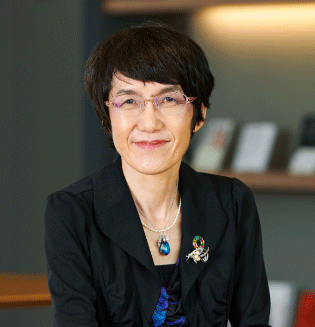
I am Takuko Sawada, owner of the Communication Barrier-Free Project.
Accessing medical information presents significant challenges for people with hearing impairments and other disabilities.
The Communication Barrier-Free Project was launched by members with a strong desire to solve these challenges. Guided by the Company Policy of SHIONOGI, the project aims to ensure that everyone can access information about their own condition, treatments, medications, etc. with no one left behind. To fulfill this aim, we are carrying out various activities to serve as a bridge between healthcare professionals and those who face communication barriers. For example, hearing-impaired people often have problems or worries at medical institutions and in other medical settings. If healthcare professionals are better aware of various examples of those problems and worries, communication barriers will be reduced. We believe there is this kind of communication barrier not only in medical settings, but also in daily activities in society. For this reason, we believe that the challenge of preventing various people from being left behind in society for communication-related reasons must be solved by society as a whole. We have therefore started by focusing on eliminating communication barriers between people with hearing impairments and other disabilities and healthcare professionals, and we hope to continue to expand the scope of our activities with the sympathy and support of many people. We will, of course, be participating, but we would be delighted if you could join us as well.
Project banner (Click to view)
If you would like to link to this page from your website and introduce the efforts of the Communication Barrier-Free Project, please follow the terms of use of this website.
If you want to link directly to this page instead of the top page of the official website of Shionogi, please use the banner shown below.
Project Logo (Click to view)
Logotype:
Koga Hirano, a Japanese book designer, has designed the project’s logotype for us. This unique and creative logotype represents what the project aims for: a diverse society where everyone can play an active role.

Logo:
The logo is designed using letters C, B, and F, the capital letters of each word in the project’s name, Communication Barrier-Free. It also expresses the theme of the project, "Turn awareness into action, and change minus to plus." There is a plus (+) symbol between letters C and B. It was created through cooperation between the Shionogi Business Partner Design Division and project members. (Registered trademark)
